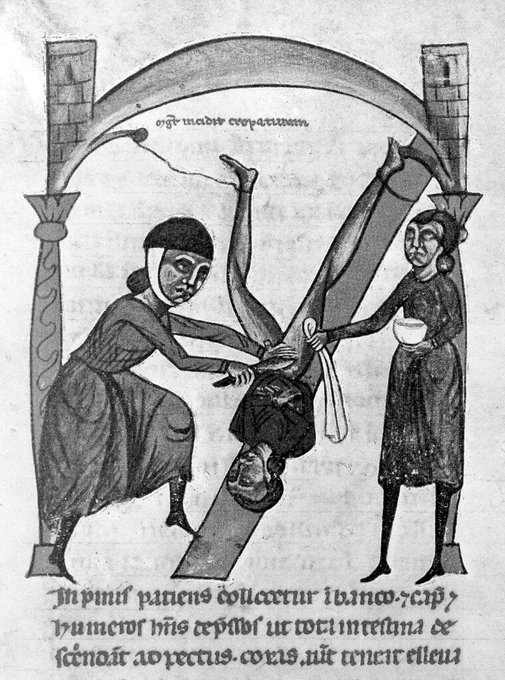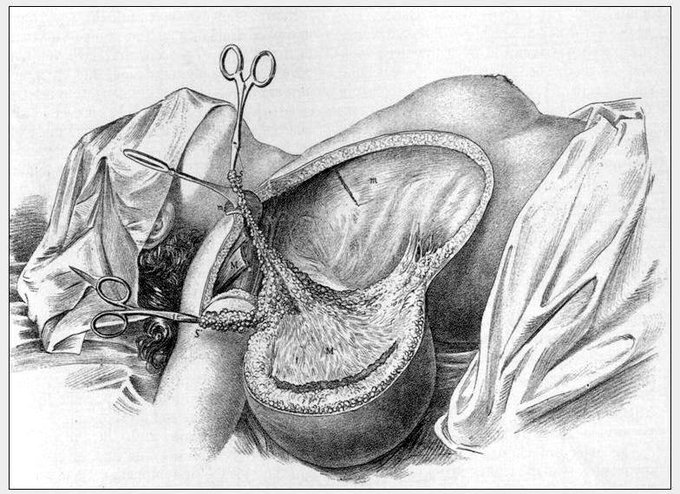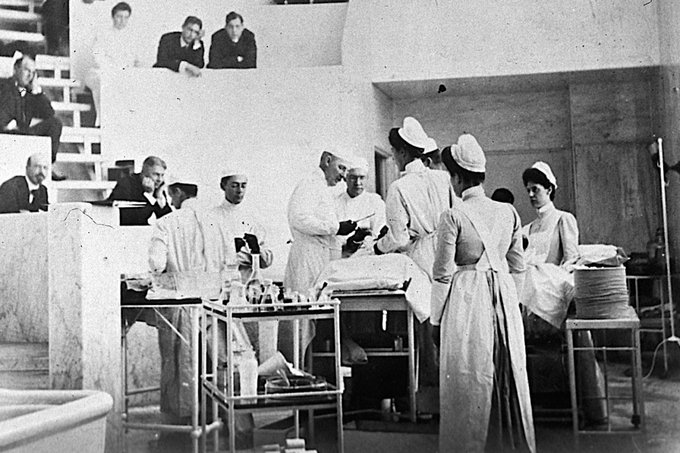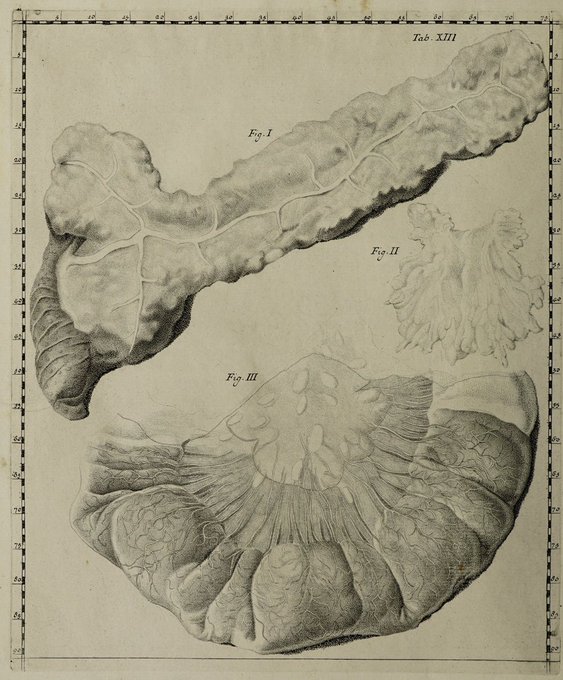medTwitterのTwitterイラスト検索結果。 377 件中 6ページ目
Images depicting the potential effects of exposure to specific types of childhood maltreatment on gray matter volume or thickness and fiber tract integrity.
Source: Teicher et al. (2016)
#neuroscience #neurotwitter #sciencetwitter #brain #neurology #MedTwitter #biotech
Thinking that producing stones might help, but either someone breaks your stones, or litterally removes you entirely with your stones…
#MedTwitter @modern_surgeon @AFUrologie @Uroweb @SurgeryLegends
Don’t forget the deadline for submitting your #Pathoween bakes is Friday, September 23! We want to see your creations – from fang-tastic tray bakes and brownies to deadly desserts and cauldron cakes🧟 Send them to edit@thepathologist.com🎃
#PathTwitter #bakingmedics #MedTwitter
Astrocytes are a type of neuroglial cell that provide support functions in the central nervous tissue and spinal cord.
Credits: Dennis Kunkel Microscopy
#neuroscience #neurotwitter #sciencetwitter #brain #Bioinformatics #neurology #science #medicine #MedTwitter #biotech
The sensory homunculus is a map along the cerebral cortex of where each part of the body is processed.
Source: Neurociencias de Cajal
#neuroscience #neurotwitter #sciencetwitter #brain #Bioinformatics #neurology #science #anatomy #medicine #MedTwitter #biotech
The #Trendelenburg position in the medieval version, shown in a codex of "Chirurgia Rolandina" of Rolando Parmensis (1198-1280), and in a more modern version.
#histmed #historyofmedicine #historiamedica #medizin #medtwitter #surgery #chirurgia #shock #history #storia #medicina
Circadian rhythm controlled by the brain due to the exposure of the sunlight and other factors.
#neuroscience #science #sciencetwitter #neurotwitter #biology #neuroanatomy #anatomy #brain #bioinformatics #MedTwitter
Pretty diagram of the trigeminothalamic system.
Source: Peer Assessment of the Medical Neuroscience course
#neuroscience #neurotwitter #sciencetwitter #brain #bioinformatics #neurology #science #anatomy #medicine #MedTwitter
Sjögren’s syndrome @artibiotics #BJHM #MedEd #MedTwitter #Sjogrens
The american #surgeon William S #Halsted died #OTD 100 years ago. In 1889 he introduced the gloves in to the operating room. His most important contribution to #surgery was breast #cancer therapy.
#histmed #historiamedica #medtwitter #chirurgia #medicine #medizin #medicina
#IARTG #KindleUnlimited #BookTwitter #KindleBooks #bookseries #Medical #suspense #pandemic #MedTwitter #LaborDayWeekend #Reading
A lazy day on a #Tennessee lake turns into a global
problem!
https://t.co/7QXIHkK0BN
#Ebook, #audiobook, or #paperback, enjoy Silent Fear.
Two main types of stroke and their causes.
Credits: Mahdad Jafarzade Esfahani/University of Twente
#neuroscience #neurotwitter #science #sciencetwitter #radiology #neurology #Bioinformatics #biochemistry #anatomy #MedTwitter
The italian anatomist Giandomenico Santorini (1681-1737) described the accessory pancreatic duct that bears his name. His work was reproduced posthumously (1775) on panels drew by G. B. Piazzetta.
#histmed #pancreas #MedTwitter #historiamedica #medizin #medicine #anatomy #art
Beutiful soma of interneurons in the dorsal spinal cord.
By @AxonsAlex
#neuroscience #neurotwitter #neurology #science #sciencetwitter #medtwitter #Bioinformatics #biochemistry #biotechnology #anatomy #neuroanatomy
Beautiful illustration of Surgery of the Brainstem made by @PeterMLawrence1
#neuroscience #neurotwitter #neuroanatomy #sciencetwitter #brain #bioinformatics #biochemistry #neurology #biology #science #anatomy #medicine #Medtwitter
Gallstone disease @ysaralee #BJHM #MedEd #FOAMed #Medtwitter #GItwitter #Familymedicine #liver #medstudenttwitter
Two main types of stroke and their causes.
Credits: Mahdad Jafarzade Esfahani/University of Twente
#neuroscience #neurotwitter #neurology #science #sciencetwitter #medtwitter #Bioinformatics #biochemistry #biotechnology #anatomy #neuroanatomy
Vasopressors commonly used in the #ICU
(via @DocScribbles) h/t @BrownJHM
#INNOMed #BJHM #MedEd #Medtwitter #ICU #Cardiotwitter #CriticalCare #Medstudenttwitter #FOAMed #NurseTwitter #CardioEd #TipsForNewDocs #usmle #4KMedEd
Mouse brain showing green AAV-transduced cells in the cortex and hippocampus.
By Allen Yen, Washington University School of Medicine
#neuroscience #neurotwitter #neurology #science #sciencetwitter #medtwitter #Bioinformatics #biochemistry #biotechnology #anatomy #neuroanatomy
Neurobiology of addiction - a model of interacting circuits in which disruptions contribute to compulsive-like behaviours.
Credits: Dr George F Koob
#neuroscience #neurotwitter #science #sciencetwitter #medtwitter #Bioinformatics #biochemistry #anatomy #neuroanatomy




































